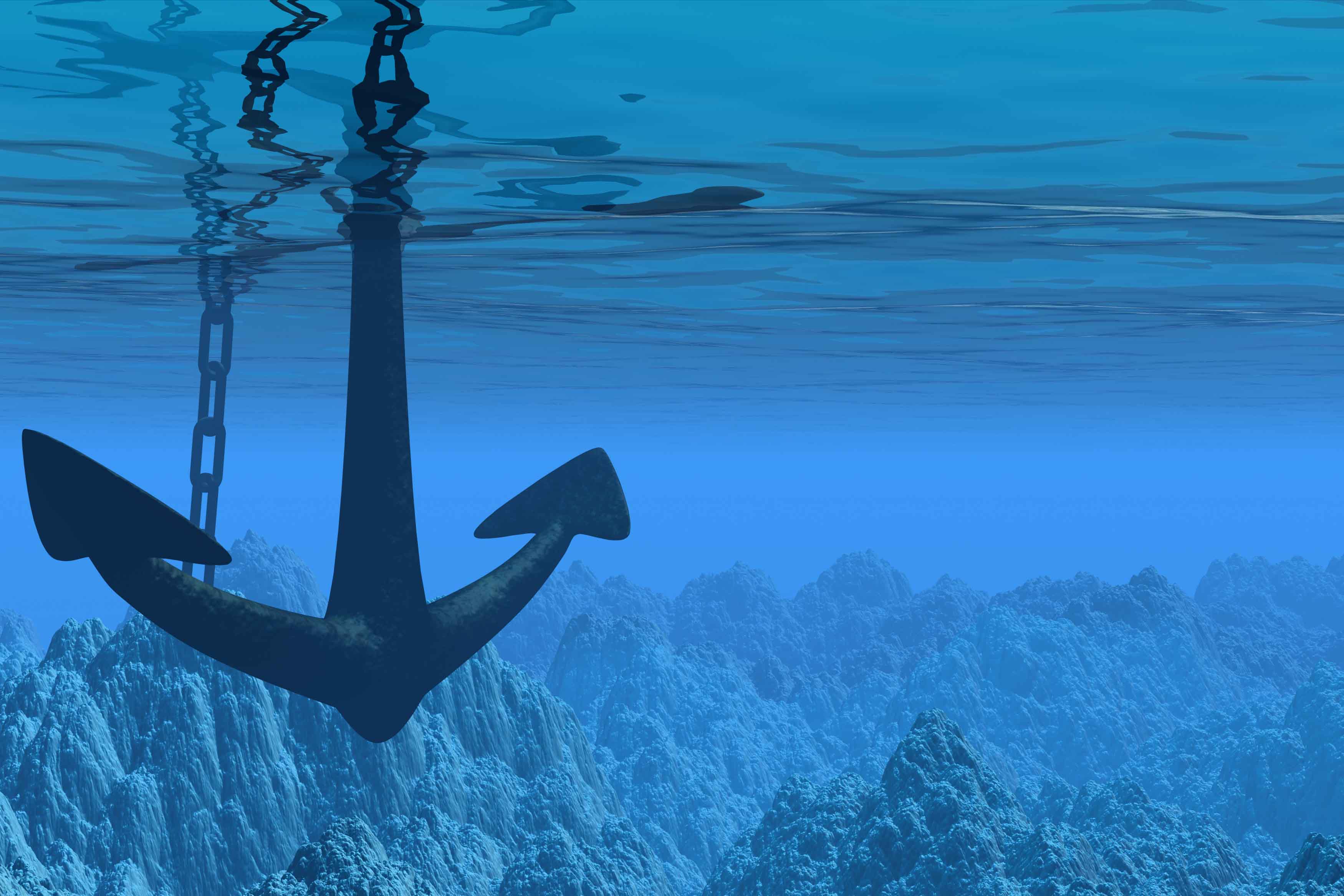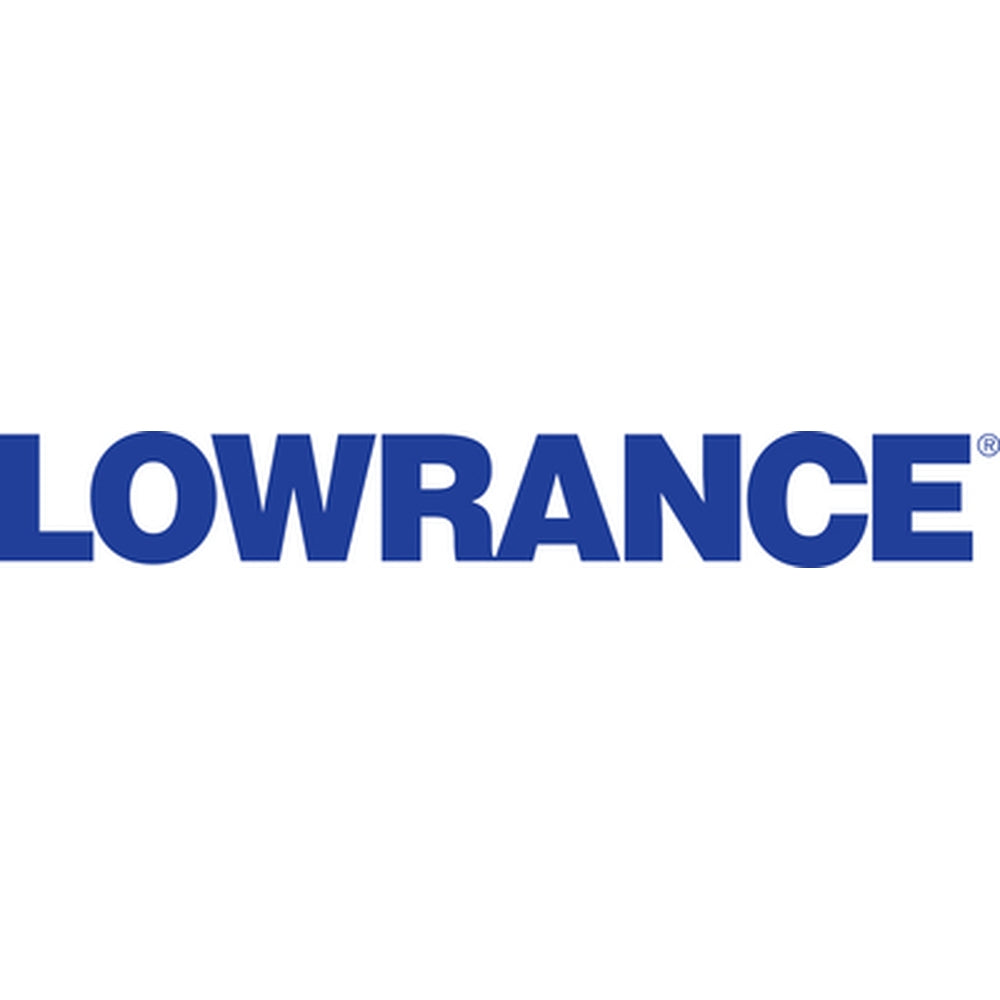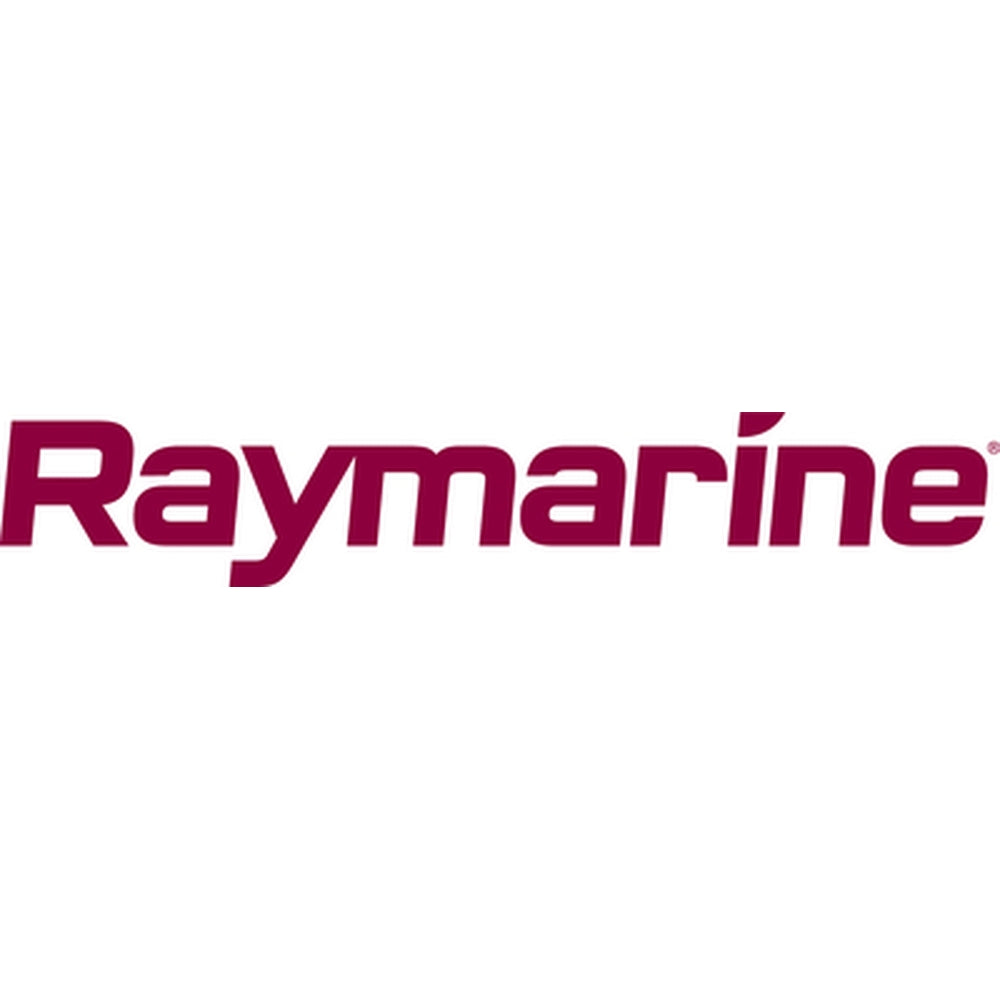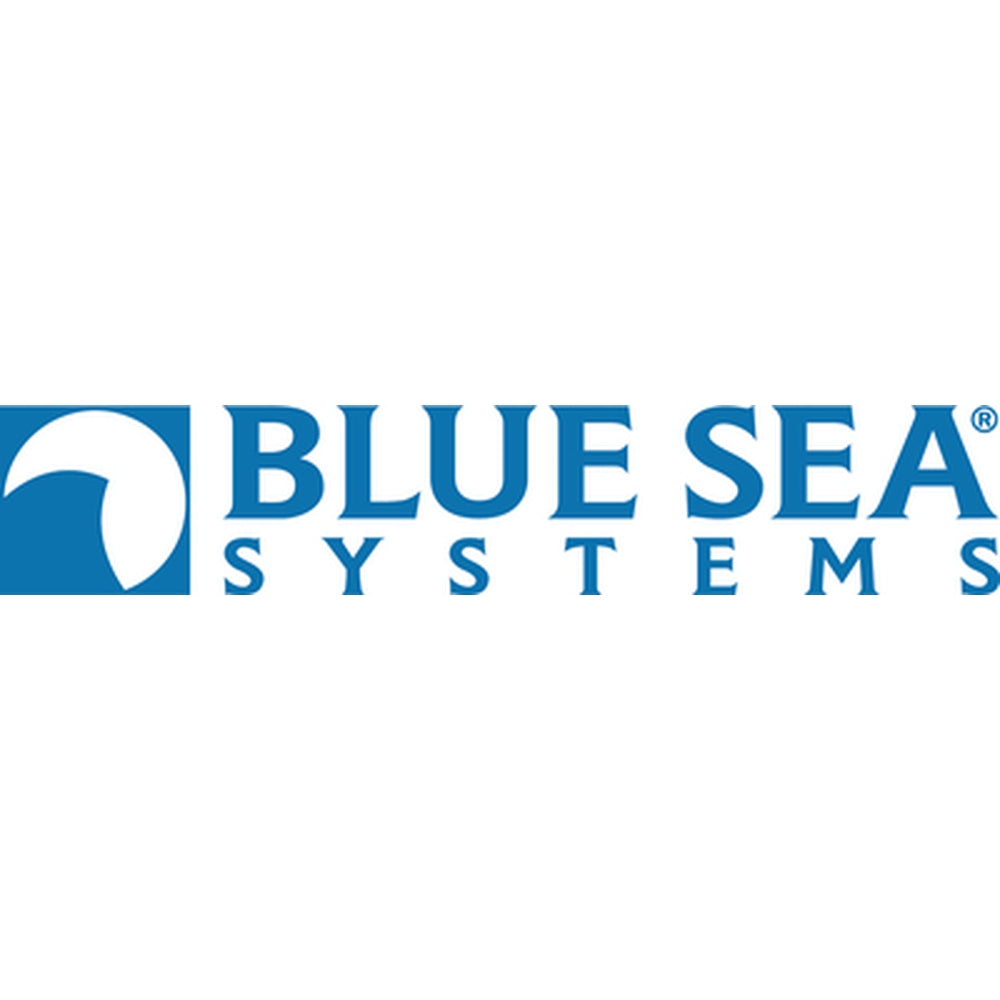How to Choose the Right Anchor for Your Boat

Selecting the correct anchor for your boat is not just about ease and convenience - it's a vital element to guarantee your vessel's safety and steadiness out on the water. This thorough guide aims to take you on a journey, dissecting key elements you need to bear in mind, and offering valuable insights to assist you in choosing the perfect anchor for your boat. Armed with the right knowledge, you'll find yourself more prepared to sift through the myriad of options available on the market.
A Deep Dive Into the Variety of Boat Anchors
Boat anchors exist in a wide array of types, each specifically designed to cater to unique conditions and applications. Let's get familiar with some of the most frequently used ones:
- Fluke Anchors: Also widely recognized by their alternative names, 'Danforth' or 'lightweight' anchors, Fluke anchors are a popular choice among boating enthusiasts and professionals alike. Their design lends itself well to conditions with sandy and muddy bottoms, where they provide superior performance. With their signature flat, fluke design, these anchors dig into the seabed and offer remarkable holding power relative to their weight. This superb strength-to-weight ratio makes them an excellent option for smaller boats, or for larger vessels as a secondary anchor. Their lightweight design not only aids in easy storage but also makes them less strenuous to lift and drop, a crucial factor for those new to boating or for those who prefer manual anchoring. With a Fluke anchor on your boat, you can enjoy your maritime adventures with the confidence that your boat is securely held, regardless of sudden tide or wind changes.
- Plow Anchors: Known for their remarkable adaptability, Plow anchors offer reliable performance across varied seabed conditions - whether it's sand, mud, or gravel. Aptly named for their distinct shape reminiscent of a traditional farming plow, these anchors provide superior holding power due to their ability to dig deep into the seabed. A unique characteristic of Plow anchors is their pivotal shank, which allows the anchor to rotate and realign with changing tidal currents or wind shifts, thereby maintaining its hold without getting dislodged. This feature is of great importance for boats that are left unattended or for overnight anchoring. These anchors are well-suited for larger boats due to their strong holding power and weight. Despite being slightly heavier than other types, their robust performance and adaptability to diverse conditions make Plow anchors a highly valued component in any serious boater's arsenal.
- Mushroom Anchors: Mushroom anchors, named for their unique shape, are the go-to choice for securing small boats, dinghies, or even mooring buoys. These anchors work their magic best in seabeds that are soft and have a lot of silt. That’s because the design of the anchor allows it to sink and embed itself deeply into such surfaces. Think of it like a spoon scooping into a bowl of ice cream – that’s how the mushroom anchor digs into soft, silty seabeds! It's important to note that these anchors may not work as well in hard or rocky seabeds.
- Grapple Anchors: Grapple anchors, or grappling hooks as they're sometimes called, are quite different from the other types of anchors. These anchors are typically used when you want to anchor for a short time in places with rocky or coral seabeds. Grapple anchors look a bit like hooks that can grab onto rocks or coral, making them great for these tricky surfaces. But, they might not be the best for long-term anchoring because they don’t always provide the strongest hold. However, for quick fishing trips or dives, they do their job splendidly.
Every anchor type comes with its unique strengths and is best suited for certain circumstances. Your choice should be guided by your specific boating requirements and the environments you most frequently encounter while sailing.
Understanding Seabed Types: What Are the Typical Bottom Conditions?
When it comes to choosing the right anchor for your boat, understanding the seabed type you'll typically encounter is a key factor. Here's a brief look at different types of seabeds:
- Sandy bottoms: Sand bottoms are usually quite loose, meaning anchors can easily penetrate them but can also be pulled out with a bit of force. Anchors like fluke anchors perform well here due to their design that digs into the sand and offers high holding power.
- Muddy bottoms: Similar to sandy bottoms, muddy seabeds allow anchors to sink in easily. However, anchors can sometimes struggle to get a firm grip due to the slick and soft nature of the mud. Again, fluke anchors can be a good choice due to their high surface area and lightweight design.
- Rocky or coral bottoms: These bottoms can pose a real challenge for anchoring. Regular anchors may struggle to hold securely. In such cases, a grapnel type anchor, which can hook onto rocks, can be a good option.
- Grassy or weedy bottoms: Vegetation on the seabed can interfere with the anchor's ability to grip the bottom. A plow or scoop anchor can work well in these situations as they can cut through the vegetation to reach the seabed.
Understanding these seabed conditions and choosing an anchor that can handle them effectively is an essential part of safe and successful boating.
Key Factors to Consider
There are several factors you should consider when choosing an anchor for your boat. These include:
Considering the Size and Weight of Your Boat
A crucial initial consideration when picking an anchor for your boat involves understanding your boat's dimensions and heft. These factors greatly influence the type and size of the anchor you will require. Much like how you'd need a larger rock to pin down a bigger kite, the size and weight of your boat directly correlate with the size and sturdiness of the anchor needed. For instance, if you own a sizeable, heavy boat, it becomes necessary to match it with a large and robust anchor. This anchor should be capable of efficiently holding your boat steady, even when faced with strong currents or winds.
What Kind of Weather and Wind Conditions Will You Be Dealing With?
Another critical aspect to consider while choosing your boat anchor is the kind of weather conditions and wind speeds you'll typically be confronting. Just like the type of seabed, the varying weather conditions also necessitate different types of anchors. Remember, your anchor needs to ensure the safety of your boat under diverse weather scenarios.
If you're sailing in calm, sheltered waters with little to no wind, a lighter anchor like a mushroom anchor might serve your purpose well. These anchors work well in gentle conditions and can hold small to medium-sized boats with ease.
On the other hand, if your boating adventures often take you to areas exposed to high winds or strong currents, you will need an anchor with substantial holding power. Plow anchors and fluke anchors are commonly used for these conditions, thanks to their high holding power and ability to dig deep into the seabed, ensuring that your boat remains stable and secure, even in strong winds or rough waves.
Weather conditions can change quickly, especially when you're out on the open water. Therefore, when selecting your anchor, consider the most challenging conditions you might encounter. It's always better to be prepared for tough conditions than to find your anchor inadequate when you need it most.
So, whether you're planning a peaceful fishing trip in a tranquil bay or preparing for a challenging sailing adventure exposed to the elements, understanding the typical weather conditions of your boating location is crucial in choosing the right anchor. Plan wisely and stay safe.
Advanced Considerations: When to Use Two Anchors of Different Styles
While one anchor is often sufficient for many boating scenarios, there are circumstances where using two anchors of different styles can provide added stability and security. This strategy, often used by experienced boaters, can be beneficial in the following situations:
- Challenging Seabed Conditions: If you frequently boat in areas where the seabed type varies dramatically, having two different types of anchors can ensure you're always prepared. For instance, a fluke anchor for sandy bottoms and a plow anchor for rockier conditions.
- Changing Weather Conditions: Weather conditions can change rapidly when you're out on the water. Having two types of anchors can provide you with more options to secure your boat in different wind and wave conditions.
- Long-Term Mooring: If you're leaving your boat unattended for extended periods, using two anchors can provide an extra layer of security. By setting the anchors in different directions, you can ensure that the boat stays secure even if the wind or current changes direction.
However, using two anchors simultaneously requires some experience and knowledge. You need to know how to set the anchors properly and avoid entanglement of the anchor lines. If you're new to boating, it might be best to start with a single anchor and gradually learn more advanced techniques as you gain confidence and experience.
Conclusion
Choosing the right anchor for your boat involves a careful consideration of your boat's specifications, the conditions in which you'll be boating, and the reliability of the anchor brand. By taking these factors into account, you can select an anchor that provides optimal performance and ensures the safety of your vessel.
Now that you're armed with the knowledge on how to choose the right anchor for your boat, why not put it into practice? We invite you to explore our extensive anchor collections at Atlantis Showroom. Find the perfect anchor that suits your boating needs and ensure your next sea adventure is safe and enjoyable. Remember, the right anchor makes all the difference. Visit us today!
- Choosing a selection results in a full page refresh.










































